-

Adi Goldstein auf Unsplash
25.02.2021Science in Dialogue with the City
The transfer of knowledge between research and society carries the scientific work into the real world of the city's neighbourhoods. through experimental dialogue with the city's people and to initiate transformative science in the Brain City Berlin.
Urban Farming, new mobility concepts, innovative water management, Erlebnis-Campus: the projects under the StadtManufaktur Berlin umbrella are diverse. And everyone can get involved. The joint initiative of the Technische Universität Berlin (TU Berlin), the Zentrum Technik und Gesellschaft (Center for Technology and Society, ZTG), and the Einstein Center Digital Future officially launched in summer 2020. The special thing about the platform: it exclusively bundles projects from TU Berlin in an experimental participation network in order to bring research and urban society closer together on a project-specific basis in an "open laboratory situation" that will foster the exchange of experiences and ideas.
"Our aim is to provide scientific support to existing transformation processes in the city or to initiate processes through science and thus bring about positive change within the urban space," Professor Dr Gabriele Wendorf, Scientific Director of the ZTG, explains. The overriding objective of StadtManufaktur: to make the results of scientific research visible and take them "out onto the streets" in various projects. The target audience of the StadtManufaktur initiative are scientists and the city's residents, as well as stakeholders from the world of politics, business, government, and the arts. In short, Berlin civil society and science engaged in eye-level conversation.
The projects summarized on the digital platform under the StadtManufaktur umbrella cover four subject areas: "Climatic Resilience", "Energy Transition", "The Circular Economy" and "Transformation Knowledge". They see themselves as real-world laboratories, urban experimental spaces where ideas can be developed, tried out, implemented, and scientifically monitored. The scientists at TU Berlin are working closely with stakeholders in urban society, who in turn contribute their experiences and practical knowledge. Digital and analogue ways of participating are tightly interwoven.
Real-world laboratory projects are experimental and mostly neighbourhood-based
“The involvement we are seeking will go a long way. External stakeholders will not only have a say in the projects, but will also help formulate research topics”, says Dr-Ing Anja Steglich, spokesperson for Urban Transformation and Transfer in the Presidium of TU Berlin and coordinator of StadtManufaktur Berlin. One of the real-life laboratories in Berlin that could set the course for sustainable change is the project „Neue Mobilität Berlin“ (NMB), which has been up and running since 2016. At the Mierendorff-INSEL in Charlottenburg and on Klausenerplatz, the mobility needs of residents are being explored in various sub-projects.
The aim is to jointly develop new solutions for sustainable, local mobility and to increase the quality of life in the neighbourhood. In a beach volleyball facility in Gleisdreieckpark, scientists and residents are jointly investigating how rain and shower water can be treated in a participatory and productive way. And with the “Haus der Statistik” (House of Satistics) on Alexanderplatz, TU Berlin is working on a project related to the “circular economy”. The common denominator for all StadtManufaktur projects: they are experimental and ideally located in different parts of the city. “We're trying to provide support to the best of our abilities. We also want to see how one can institutionalise, generalise, and publish the lessons and results thus gained”, Steglich says.
Sensitivity in addressing participants
Addressing local actors and actively involving them in the process, however, requires a lot of sensitivity in Gabriele Wendorf's experience. “You have to proceed very cautiously and carefully consider the particular local interests in advance. When it comes to change processes in the city, it helps a lot to hold preliminary talks with district and regulatory authorities, with mobility and citizens' initiatives, and also with the local trades.
And it's important to look for 'allies'". On the Mierendorff-INSEL, for example, “New Mobility Berlin” was seeking volunteers to move their cars into a parking garage that they could use for free. The parking space that this freed up could then be used as part of the project to increase the quality of life in the neighbourhood. "With that we took the wind out of the sails of those who wanted to argue against us from the start", Wendorf says, adding: “This is a level of scientific work which may not be familiar to everyone and which definitely involves controversy. But it is very important, especially when it initiates change processes. In a way, the transformation projects are about learning how to 'experiment with the city'. And that affects everyone involved, including us scientist
Two-way dialogue
A major advantage of this type of science transfer: it works both ways. It not only brings knowledge from the ivory tower into the city through the exchange and cooperation with citizens in real-world laboratories. It also creates fresh approaches and ideas that can provide external stimulus for further scientific work. "The exchange is by no means a one-way transfer", Steglich emphasises. “StadtManufaktur is listening to the city's people. It is offering a platform for experimental projects and processes from all areas of everyday urban life that seek proximity to science." In addition, the experience gained by the researchers at TU Berlin through their working in real-world laboratories can be passed on both in science and in practice.
In order to bring results to the rest of the world, Berlin's StadtManufaktur is also in intensive exchange nationwide with real-world laboratories in other cities. The first results already speak in favour of this approach of involving citizens in scientific projects in both analogue and digital ways. Anja Steglich: “The results are better, more conscious, more suitable, more crisis-proof. They are the answers to the challenges of our time."
A new form of science
For the scientists involved, abandoning the traditional path means rethinking. That's not always easy, as Gabriele Wendorf knows from personal experience: “We actually need transformation experts for the process. Many scientists today are taking on tasks in transfer processes that have never been promoted before. Selling it confidently is a new form of science that's not that easy. This work is just as excellent as what we understand as excellence in the elitist sense. A profound change is underway, all the way up to the topic of research funding." (vdo)
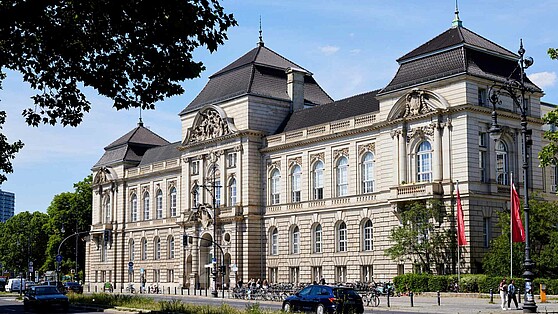
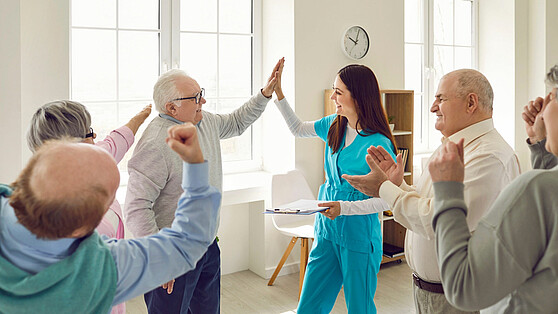

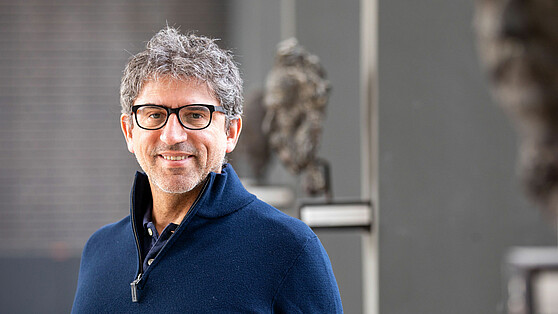
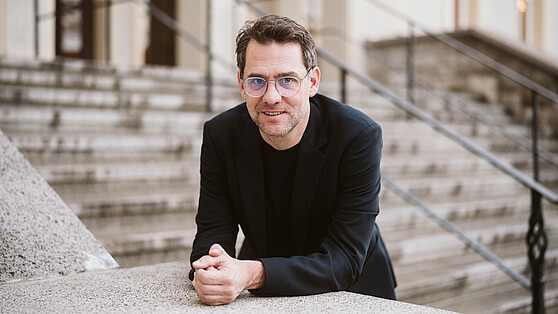
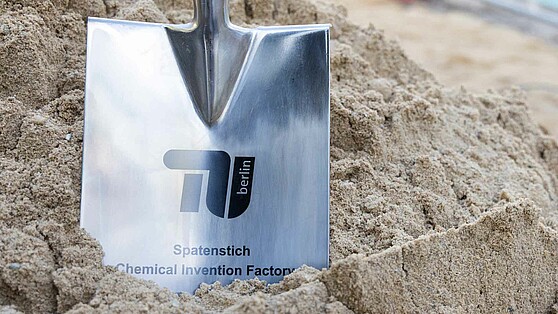
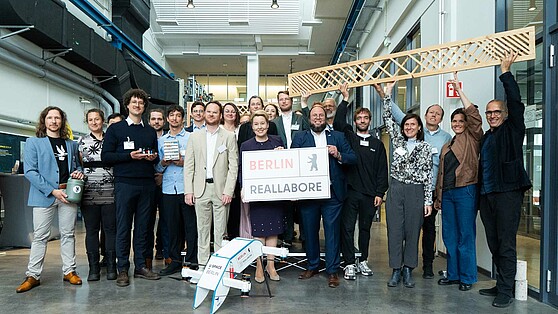
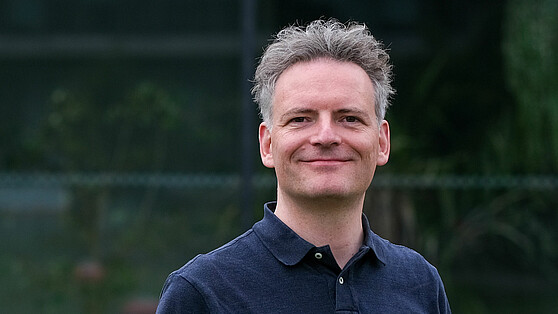
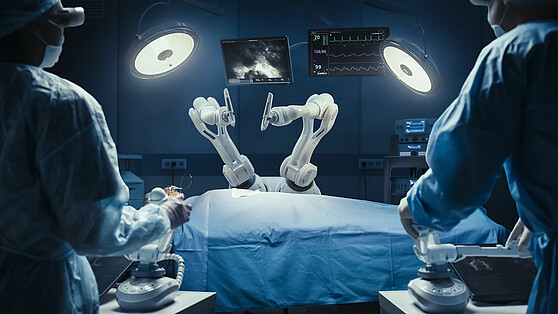

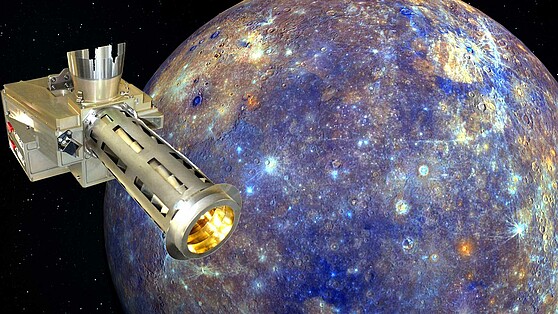

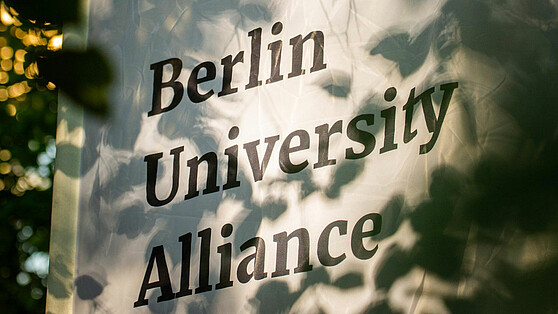

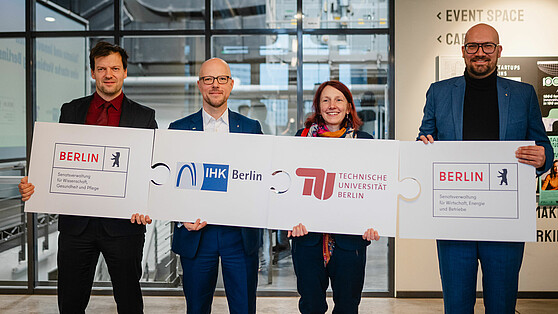
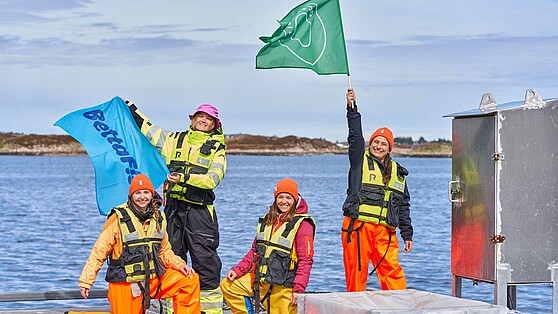
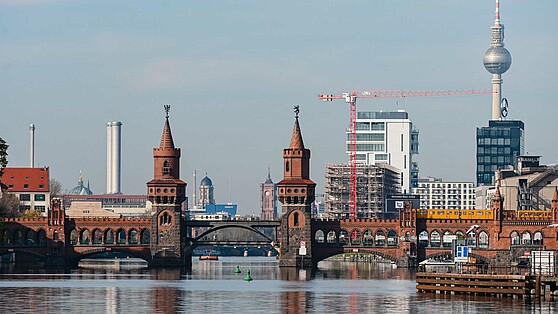
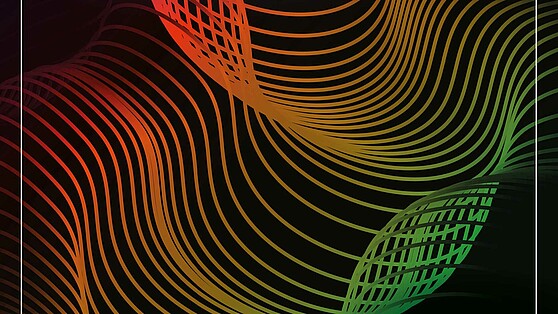
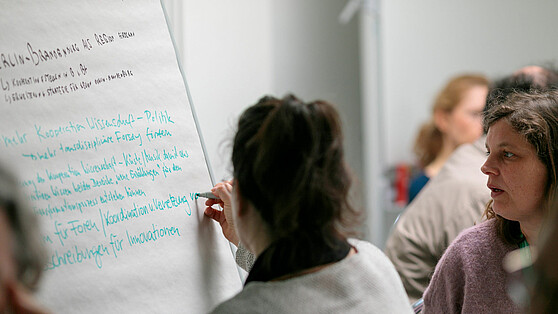
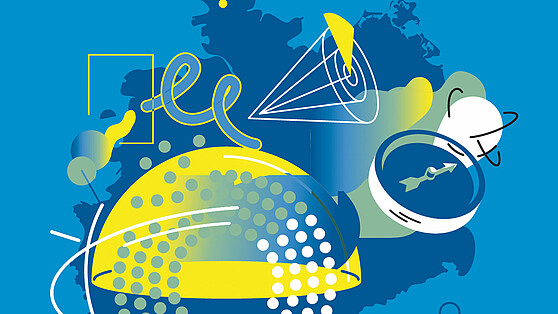
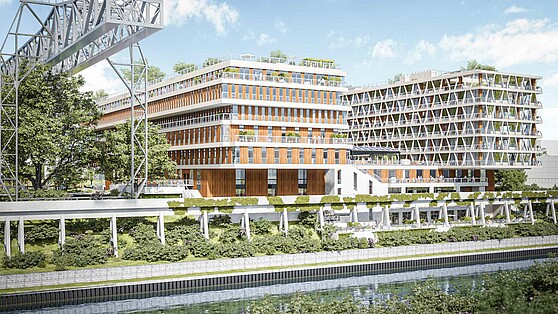
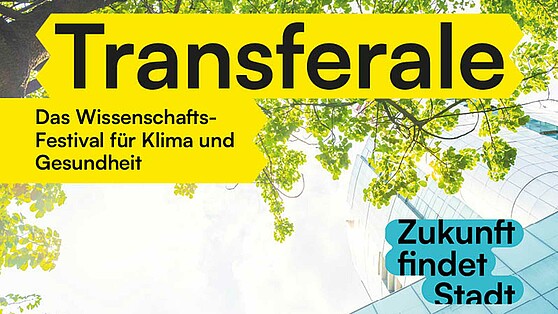
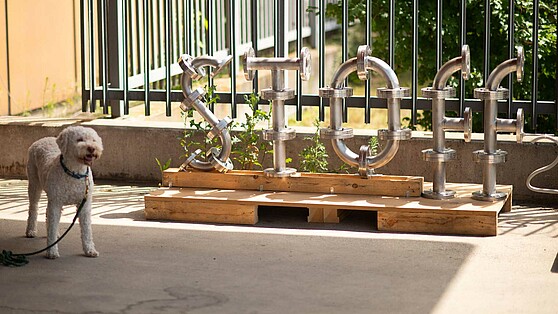
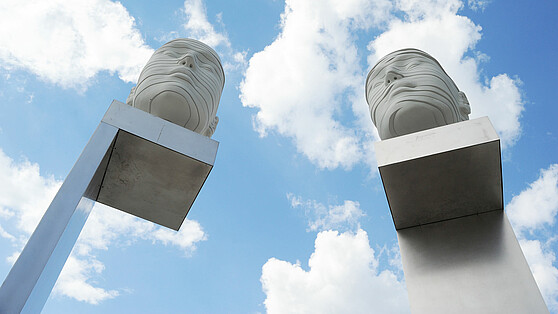
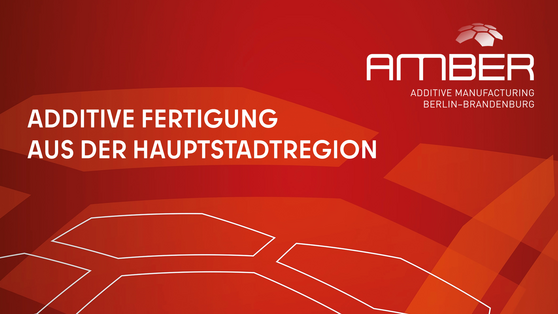



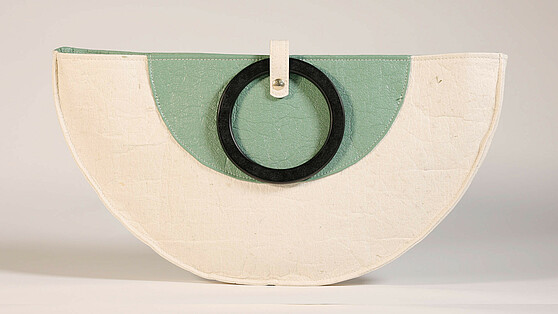
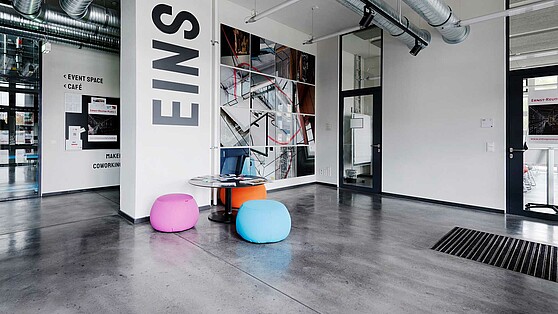
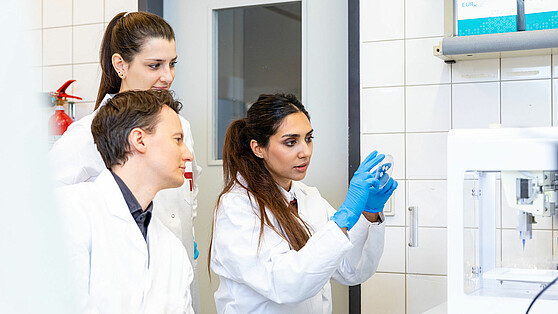

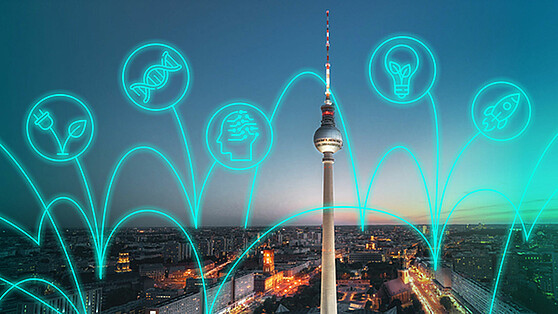


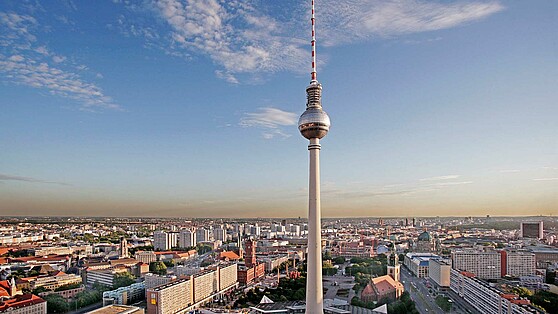
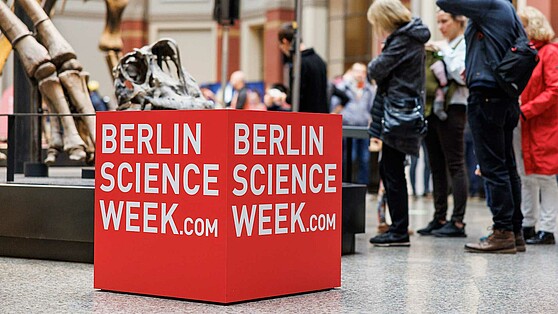

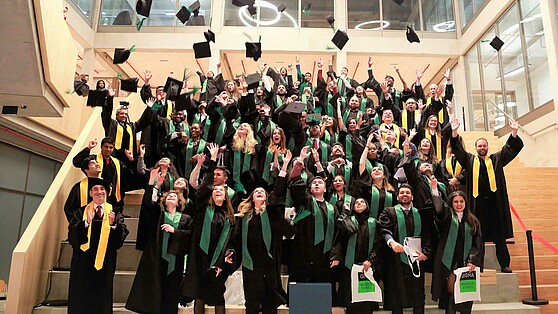
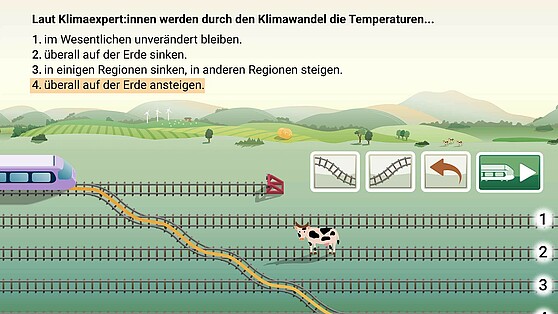
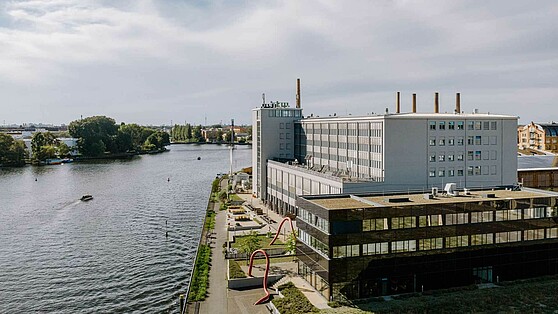
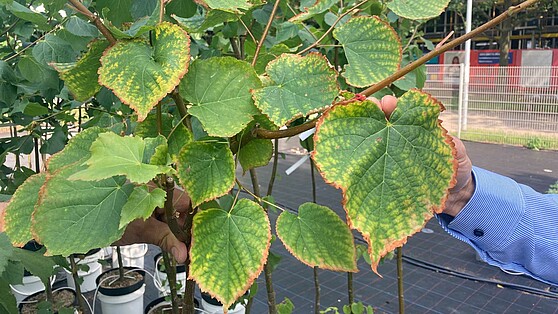

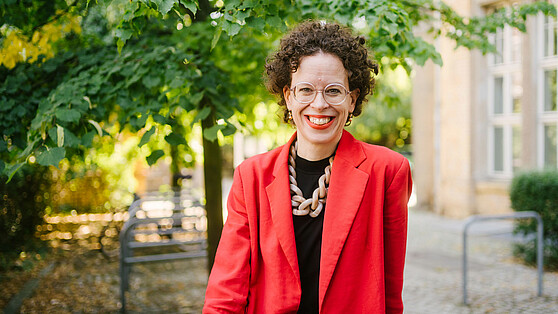
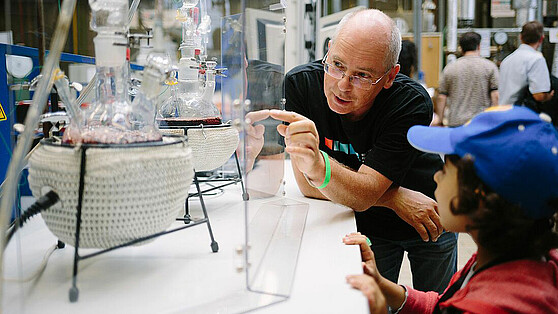

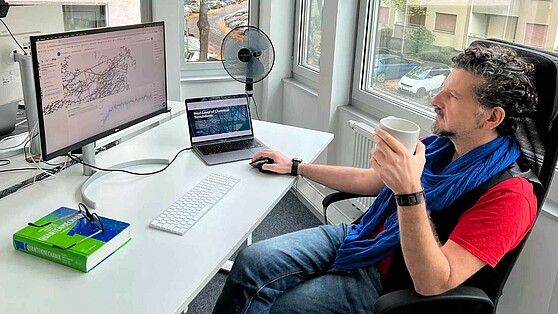
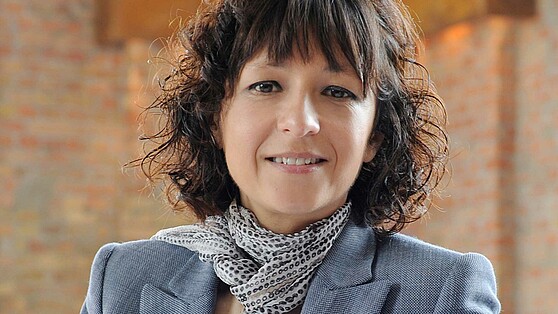

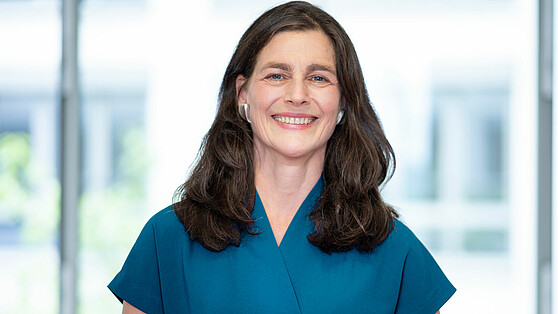
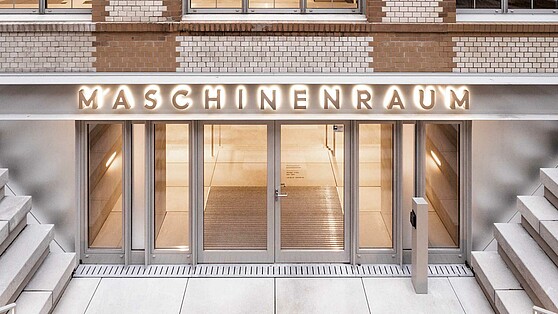
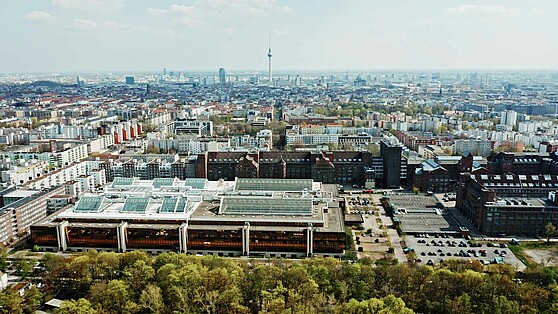
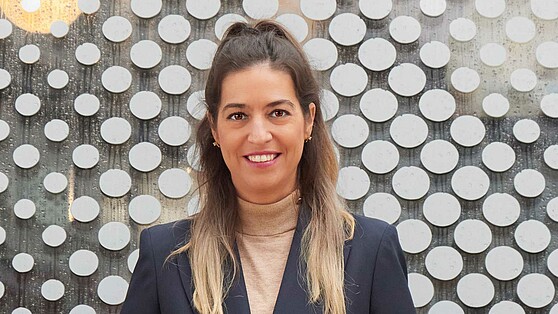
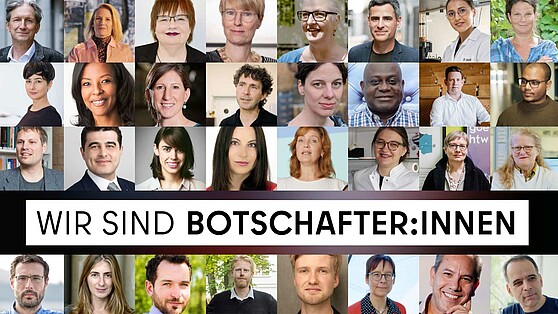





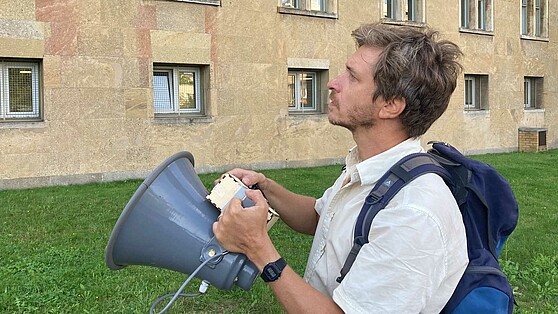
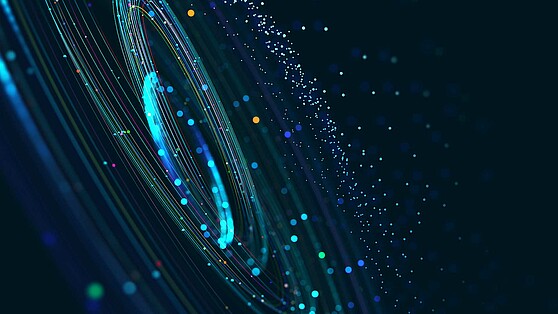

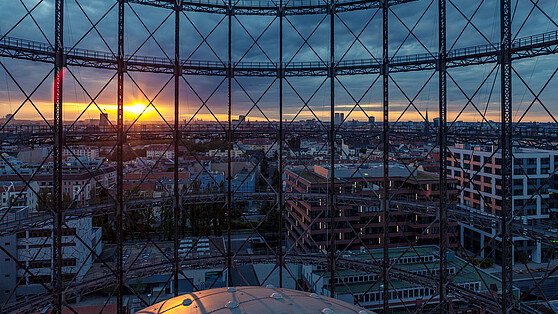
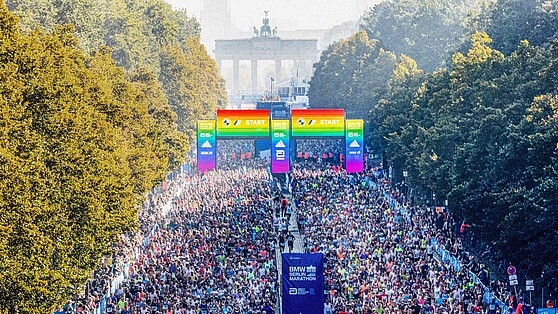
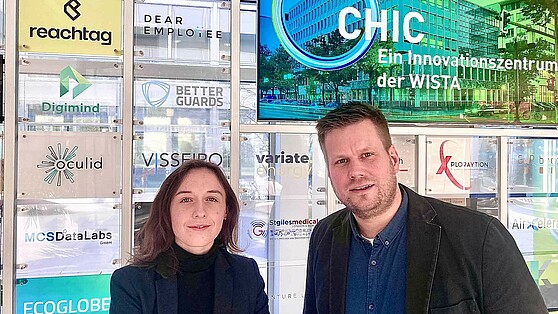
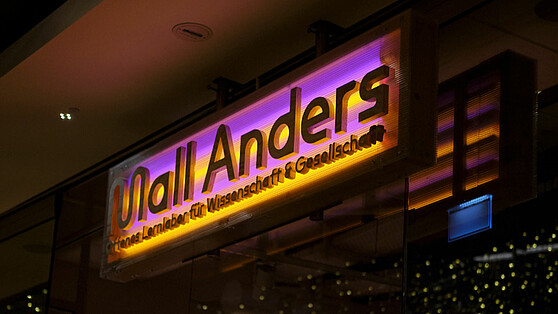
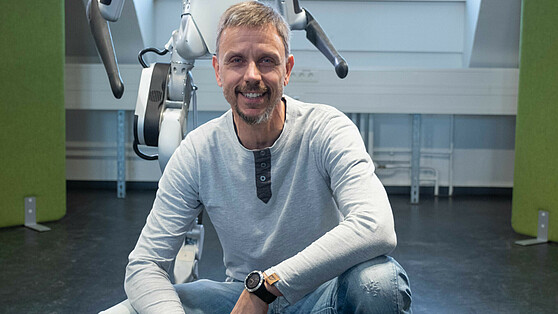
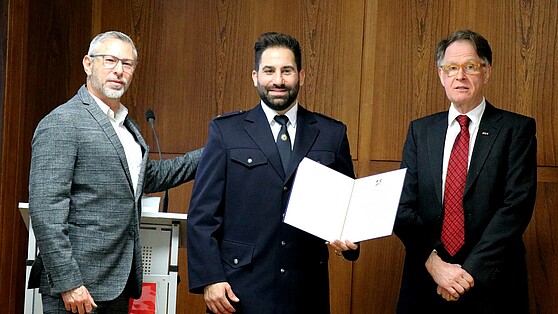
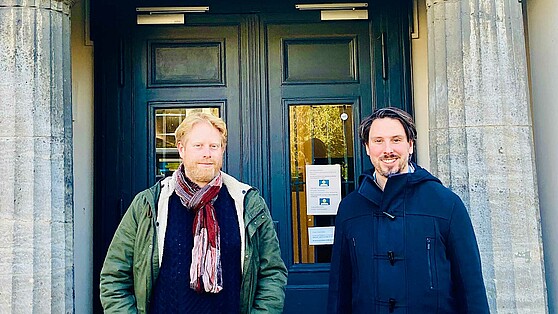
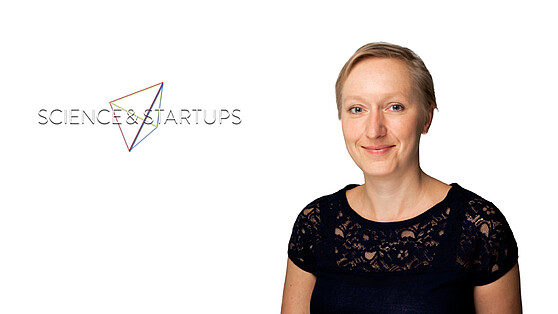

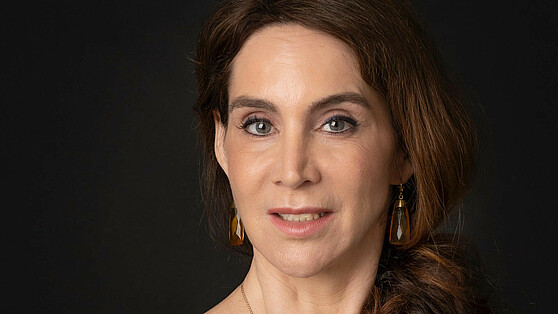
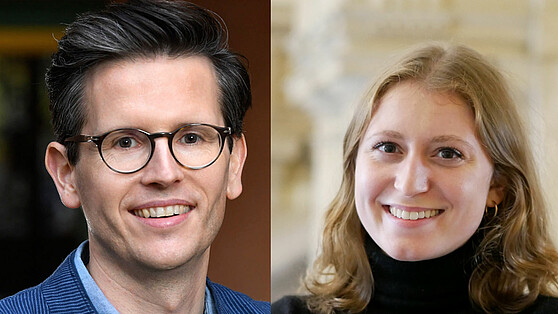

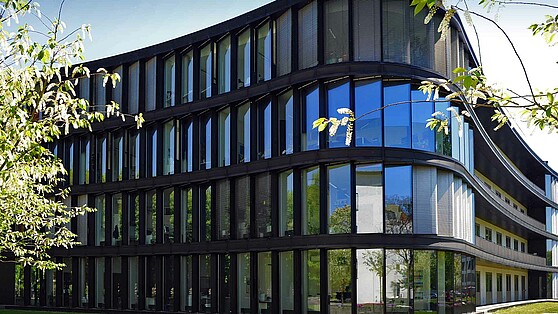
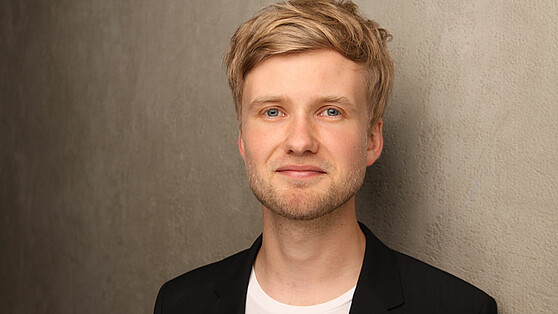
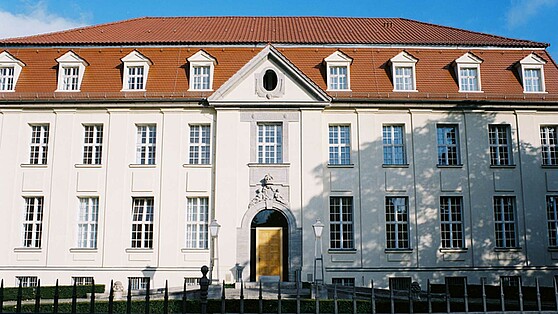

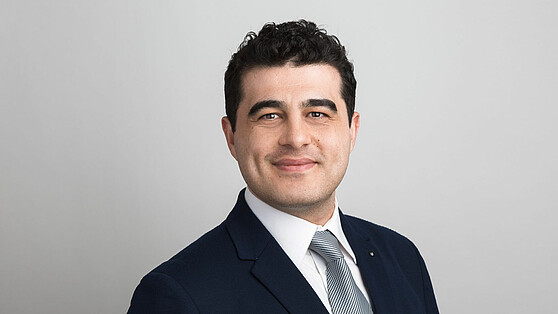
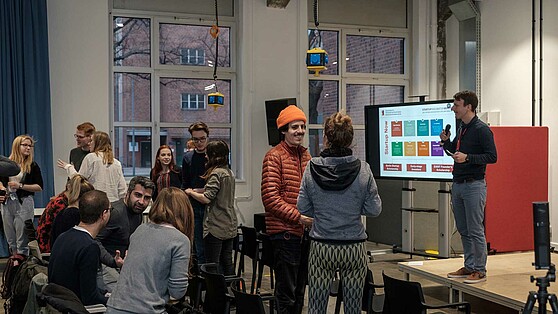
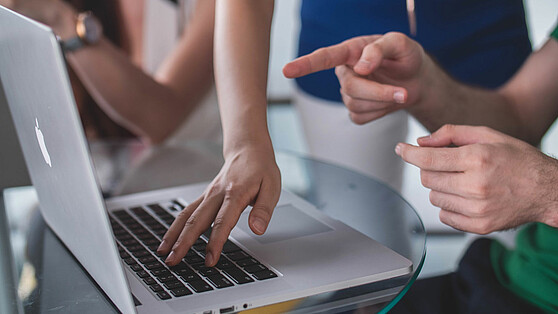

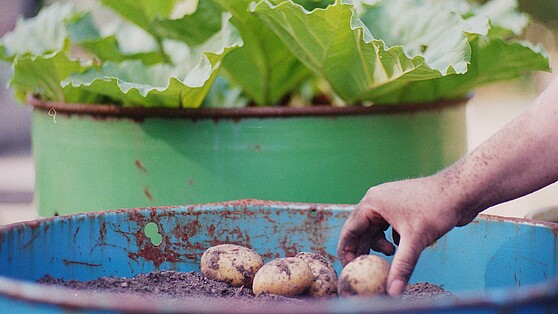
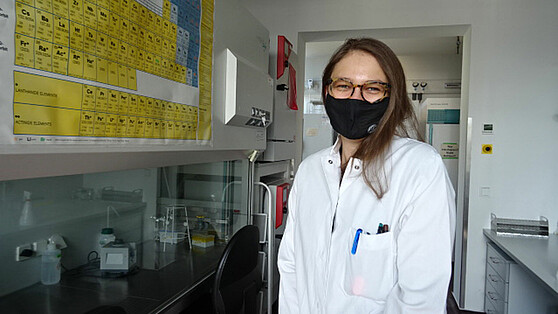
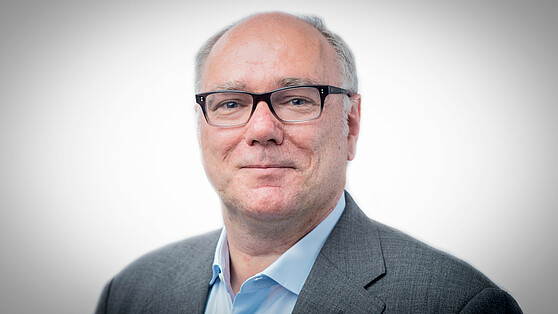
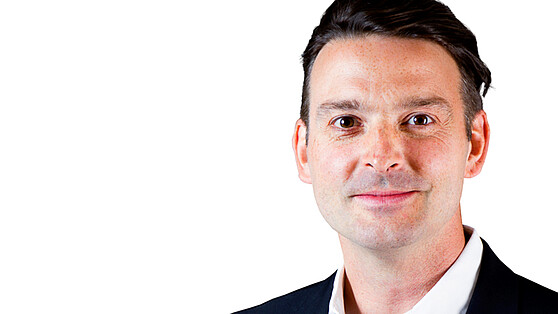

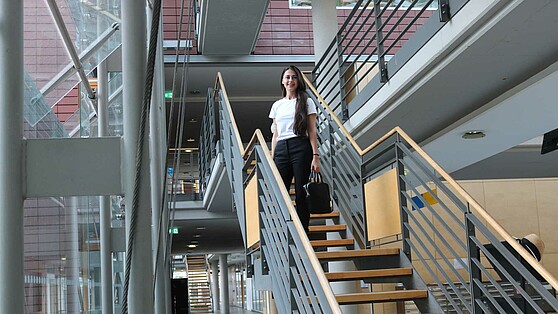
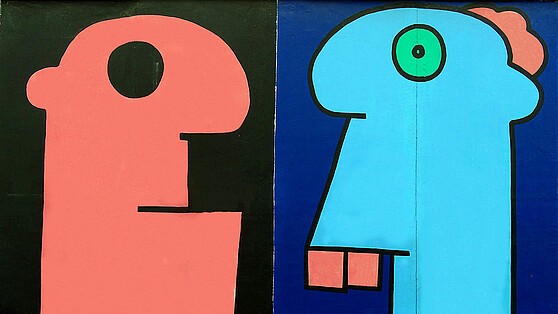
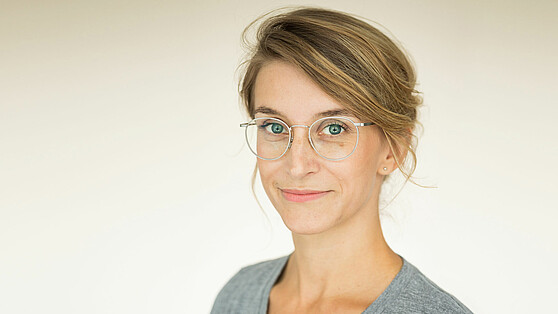
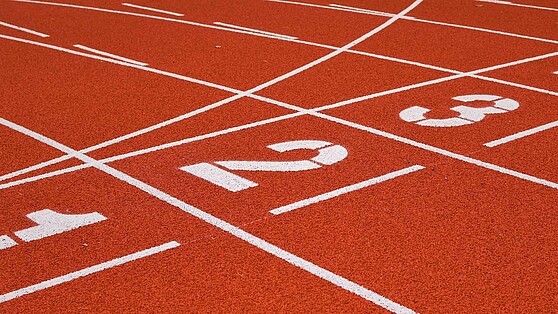
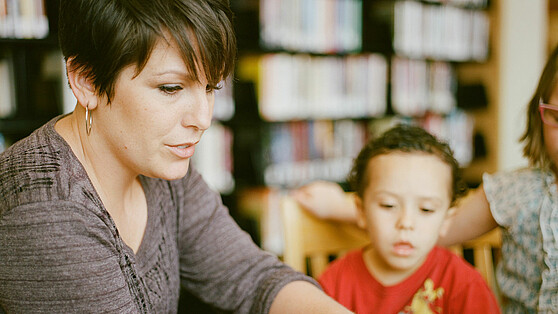
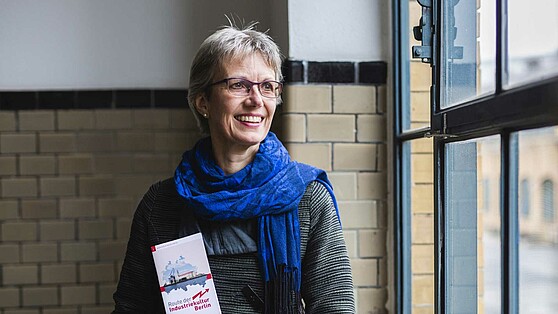
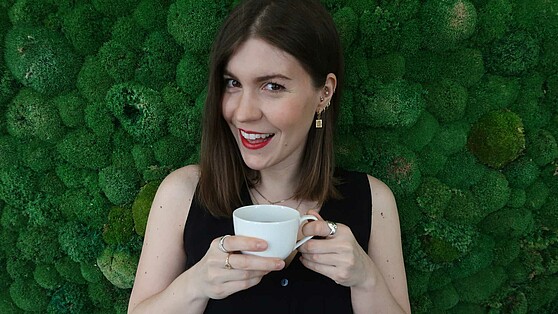
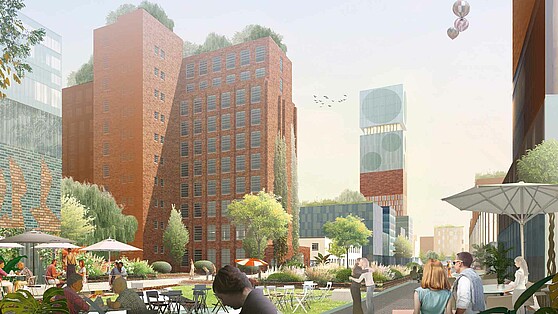
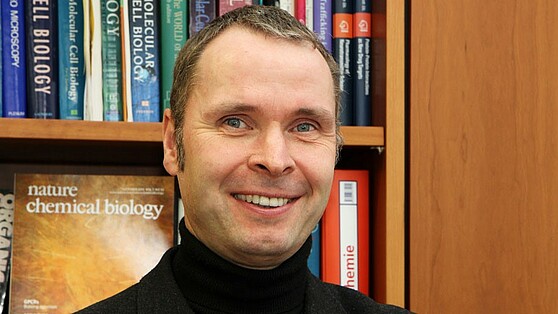
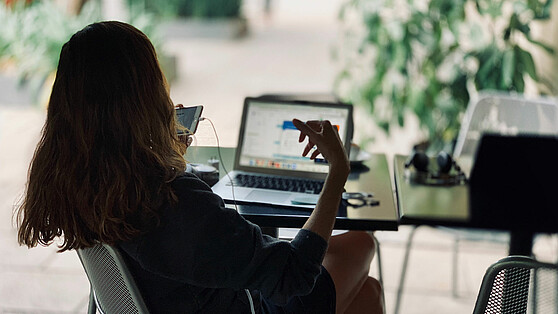
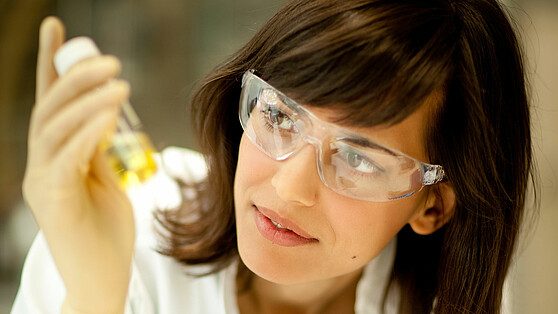
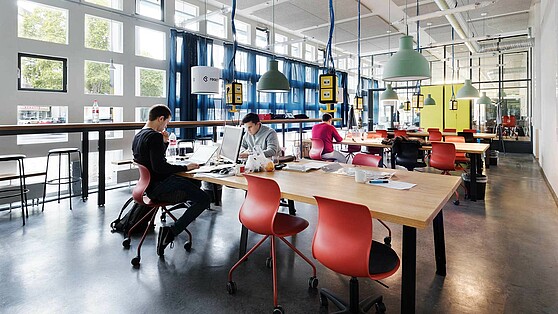


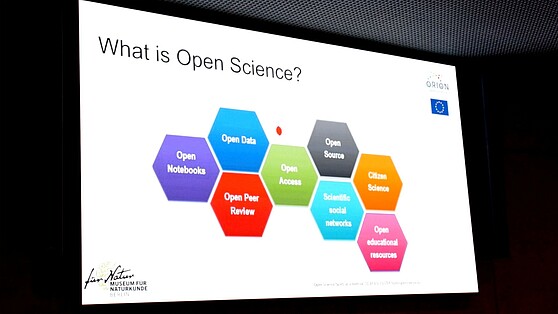
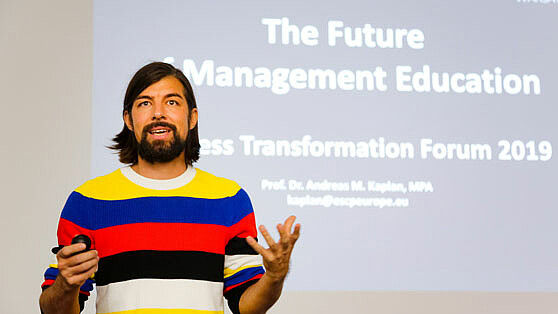

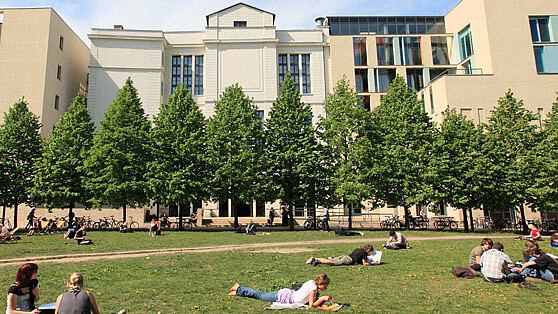
![[Translate to English:] [Translate to English:]](/fileadmin/_processed_/9/d/csm_bwasihun-vdo_558x314_c0d384ce60.jpg)
![[Translate to English:] Berlin University Alliance/Matthias Heyde [Translate to English:]](/fileadmin/_processed_/5/a/csm_Berlin_University_Alliance_Matthias_Heyde-558x314_4bc591ca3c.jpg)
![[Translate to English:] David Ausserhofer/IGB [Translate to English:]](/fileadmin/_processed_/6/f/csm_Hupfer__Michael_____R__David_Ausserhofer_588x314_6fef164e57.jpg)
![[Translate to English:] Helena Lopes / Unsplash [Translate to English:]](/fileadmin/_processed_/b/6/csm_helena-lopes-1338810-unsplash_558x314_857802ad2f.jpg)
![[Translate to English:] HZB/M. Setzpfandt [Translate to English:]](/fileadmin/_processed_/f/a/csm_LNDW_HZB_558x314_e1e3500ed5.jpg)
![[Translate to English:] Tim Landgraf [Translate to English:]](/fileadmin/_processed_/0/7/csm_Car2CarEnergySharing_Tim_Landgraf_558x314_485bf716e9.jpg)
![[Translate to English:] [Translate to English:]](/fileadmin/_processed_/b/6/csm_Open-Access_Berlin-Partner_Wu__stenhagen_558x314_dd0c6e714d.jpg)
![[Translate to English:] Thomas Rosenthal - Museum für Naturkunde Berlin [Translate to English:]](/fileadmin/_processed_/6/d/csm_Museum_fu___er_Naturkunde_Berlin_Thomas_Rosenthal_f11b8ba056.jpg)
![[Translate to English:] [Translate to English:]](/fileadmin/_processed_/f/c/csm_TU_Berlin_Cem_Avsar_558x314_4b07bcb055.jpg)